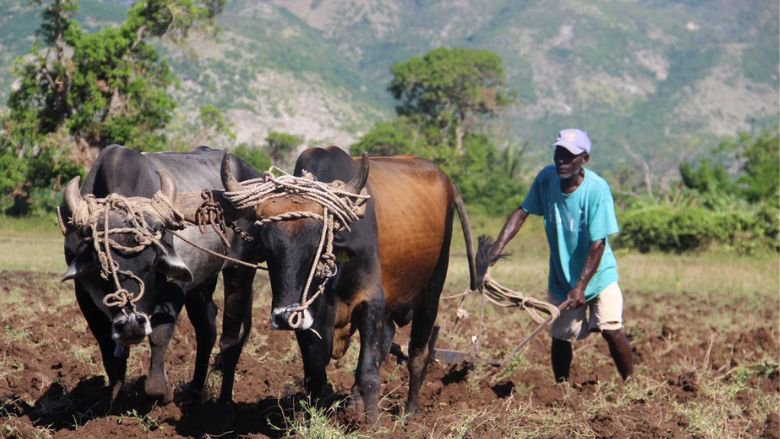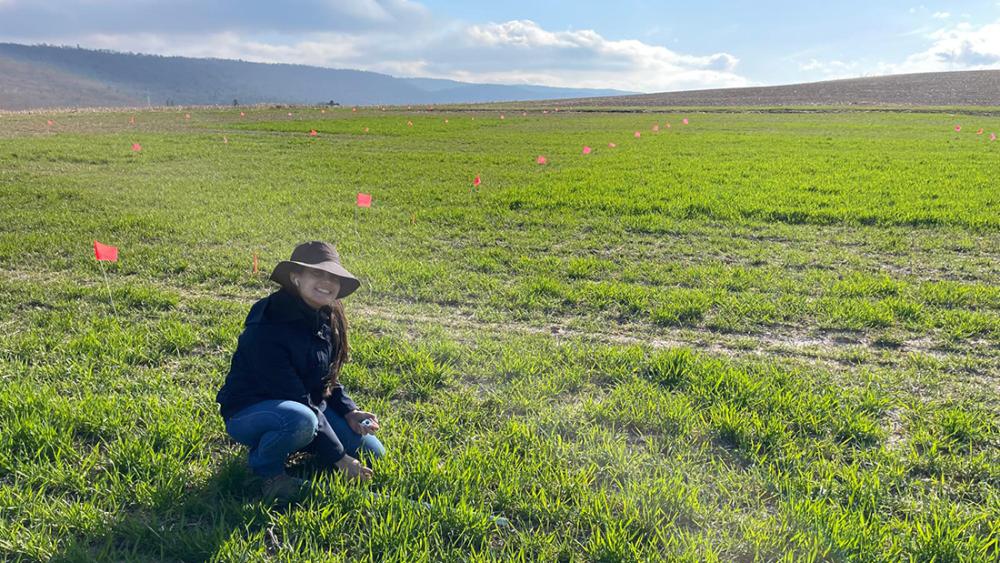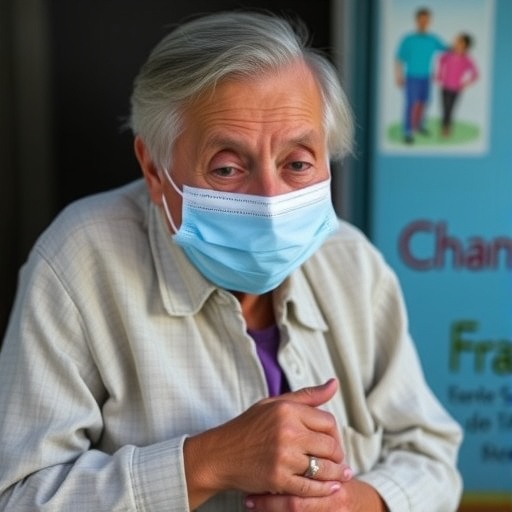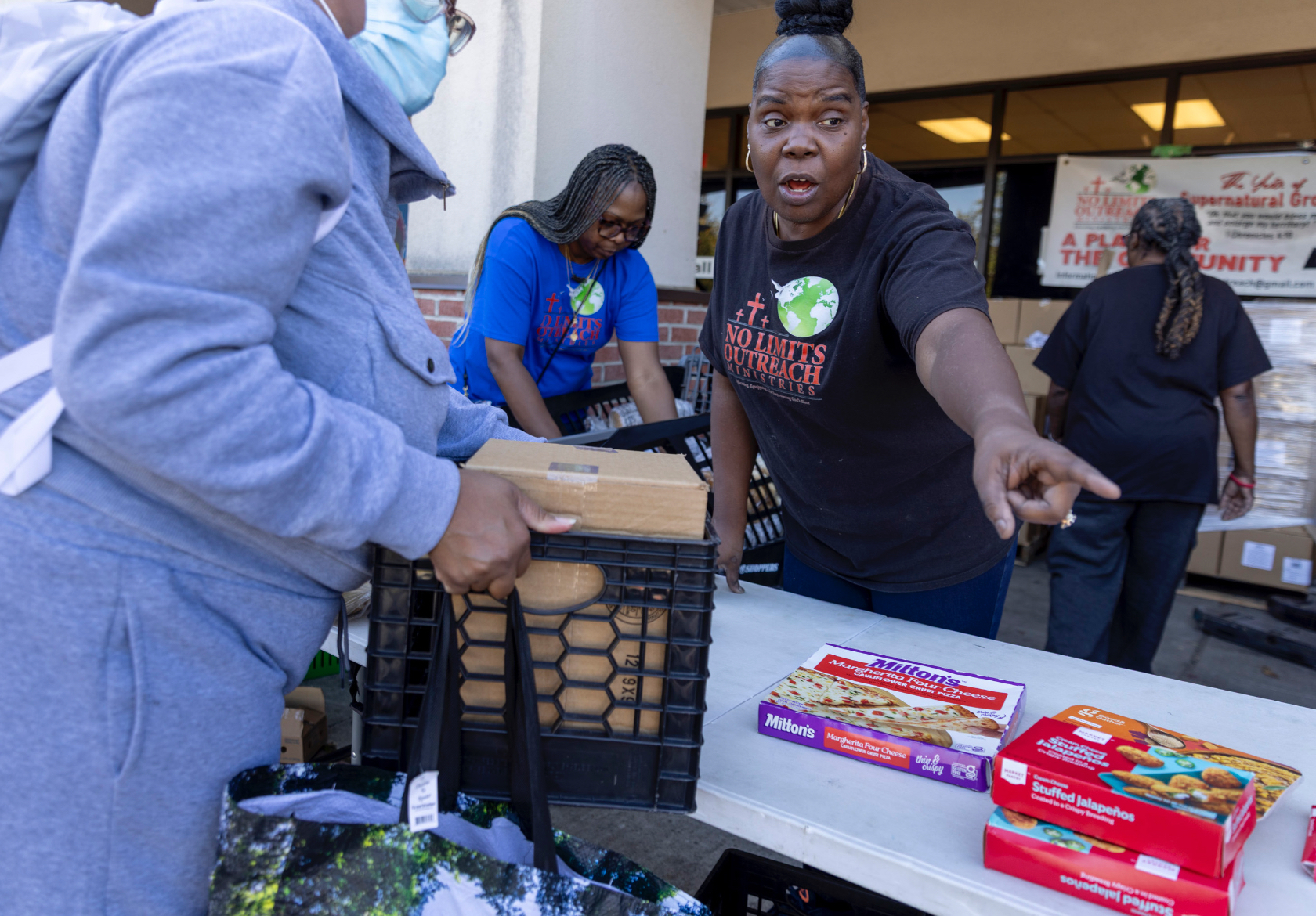Report on Strategic Appointment in Farm Management and Alignment with Sustainable Development Goals
Introduction
Farmers & Merchants Bank and the Bank of Fayetteville have announced a strategic leadership appointment, creating the new position of Vice President of Farm Management. Brett Provost has been promoted to this role, operating from the Jonesboro office. This initiative signals a focused effort to expand the institution’s farm management services, with a significant emphasis on integrating principles aligned with the United Nations Sustainable Development Goals (SDGs).
Core Responsibilities and Contribution to SDGs
Mr. Provost’s role encompasses comprehensive oversight of farm operations, directly contributing to several key SDGs:
- Sustainable Food Production (SDG 2: Zero Hunger): He will manage commodity marketing, agronomics, and crop health to enhance agricultural productivity and food security.
- Water and Land Management (SDG 6: Clean Water and Sanitation & SDG 15: Life on Land): A primary focus will be on implementing conservation practices, including capital improvement projects for drainage, irrigation, and land leveling, which promotes sustainable water use and protects land ecosystems.
- Responsible Production and Economic Growth (SDG 12: Responsible Consumption and Production & SDG 8: Decent Work and Economic Growth): Provost will oversee tenant selection, leasing, and capital improvements, fostering sustainable agricultural practices that support long-term economic viability for farm owners.
- Climate Action (SDG 13: Climate Action): The emphasis on conservation and sustainable agronomics contributes to climate-resilient agriculture.
Leadership Commitment to Sustainability
Mr. Provost’s stated priorities underscore the commitment to sustainable development. His focus areas include:
- Sustainability and Conservation: A declared passion for sustainability, directly supporting SDG 12 and SDG 13.
- Soil and Water Health: A commitment to soil and water conservation practices, aligning with SDG 6 and SDG 15.
- Long-Term Partnerships: Fostering relationships with farm operators to ensure the long-term implementation of sustainable practices.
Professional Profile
Brett Provost possesses nearly three decades of experience in the agricultural and banking sectors. He joined Farmers and Merchants Bank in 2012, previously serving as Vice President of Agricultural and Commercial Lending and Vice President, Trust Farm Management Officer. His extensive background provides a deep understanding of the opportunities for integrating sustainable and profitable practices in farm management.
Which SDGs are addressed or connected to the issues highlighted in the article?
SDG 2: Zero Hunger
- The article focuses on farm management, which is central to food production. The promotion of Brett Provost to oversee “every aspect of farm operations,” including “commodity marketing, agronomics… crop and soil health,” directly connects to ensuring a stable and productive food supply. His passion for “sustainability” in farming further reinforces this link.
SDG 6: Clean Water and Sanitation
- The article explicitly mentions “water conservation” as a key area of focus. Provost’s role includes overseeing capital improvement projects like “drainage and irrigation,” which are critical for managing water resources efficiently in agriculture.
SDG 8: Decent Work and Economic Growth
- The bank’s expansion of “farm management services” and its history of providing “agricultural and commercial lending” contribute to the economic viability and growth of the agricultural sector. This supports farm owners and operators, fostering economic stability and productivity in the community.
SDG 12: Responsible Consumption and Production
- The emphasis on “sustainability” and “conservation practices” in farm operations aligns with the goal of achieving sustainable management and efficient use of natural resources. Provost’s role is to implement these practices on behalf of clients.
SDG 15: Life on Land
- The article highlights a focus on “soil and water conservation” and improving “soil health.” Additionally, capital improvement projects like “land leveling” are mentioned, which are practices aimed at managing and restoring land to improve its productivity and sustainability, directly relating to the protection of terrestrial ecosystems.
What specific targets under those SDGs can be identified based on the article’s content?
SDG 2: Zero Hunger
- Target 2.4: By 2030, ensure sustainable food production systems and implement resilient agricultural practices that increase productivity and production… and that progressively improve land and soil quality. The article’s mention of “sustainability,” “conservation practices,” “soil and water conservation,” and “crop and soil health” directly supports the implementation of sustainable and resilient agricultural practices.
SDG 6: Clean Water and Sanitation
- Target 6.4: By 2030, substantially increase water-use efficiency across all sectors and ensure sustainable withdrawals and supply of freshwater. The focus on “water conservation” and the management of “drainage and irrigation” projects are direct actions aimed at increasing water-use efficiency in the agricultural sector.
SDG 8: Decent Work and Economic Growth
- Target 8.10: Strengthen the capacity of domestic financial institutions to encourage and expand access to banking, insurance and financial services for all. The article is a clear example of a bank expanding its specialized financial services (“farm management services,” “agricultural and commercial lending”) to the farming community, thereby strengthening their capacity to operate and grow.
SDG 12: Responsible Consumption and Production
- Target 12.2: By 2030, achieve the sustainable management and efficient use of natural resources. Provost’s role in overseeing “conservation practices” and his passion for “sustainability” in farming directly contribute to the sustainable management of natural resources like soil and water.
SDG 15: Life on Land
- Target 15.3: By 2030, combat desertification, restore degraded land and soil… and strive to achieve a land degradation-neutral world. The management of projects involving “land leveling” and the focus on improving “soil health” are practices that help restore land and combat degradation.
Are there any indicators mentioned or implied in the article that can be used to measure progress towards the identified targets?
For Target 2.4 (Sustainable Agriculture)
- Implied Indicator: The adoption rate of sustainable practices. Progress could be measured by the number of farms or the total acreage under the bank’s management that implements “conservation practices” and shows improvements in “crop and soil health.”
For Target 6.4 (Water-Use Efficiency)
- Implied Indicator: Implementation of water management projects. The number and scale of “drainage and irrigation” projects completed and the adoption of “water conservation” techniques on client farms would serve as indicators of progress.
For Target 8.10 (Access to Financial Services)
- Implied Indicator: Growth in specialized financial services. The expansion of the bank’s “farm management services” and the volume of “agricultural and commercial lending” provided to the sector can be used to measure increased access to financial services.
For Target 12.2 (Sustainable Resource Management)
- Implied Indicator: Application of conservation plans. The number of farm management plans that explicitly include and implement “sustainability” and “conservation practices” would be a direct measure of progress.
For Target 15.3 (Land Restoration)
- Implied Indicator: Area of land improved. The total area of farmland that has undergone “land leveling” or other capital improvements aimed at enhancing “soil health” can be used as an indicator for land restoration efforts.
Summary of SDGs, Targets, and Indicators
| SDGs | Targets | Indicators (Implied from the article) |
|---|---|---|
| SDG 2: Zero Hunger | 2.4: Ensure sustainable food production systems and implement resilient agricultural practices. | Adoption of “sustainability” and “conservation practices”; improvements in “crop and soil health.” |
| SDG 6: Clean Water and Sanitation | 6.4: Substantially increase water-use efficiency. | Implementation of “water conservation” measures and management of “drainage and irrigation” projects. |
| SDG 8: Decent Work and Economic Growth | 8.10: Strengthen the capacity of domestic financial institutions to expand access to banking. | Expansion of the bank’s “farm management services” and volume of “agricultural and commercial lending.” |
| SDG 12: Responsible Consumption and Production | 12.2: Achieve the sustainable management and efficient use of natural resources. | Number of farms implementing “sustainability” and “conservation practices” under the bank’s management. |
| SDG 15: Life on Land | 15.3: Combat desertification, restore degraded land and soil. | Area of land improved through “land leveling,” “drainage,” and practices enhancing “soil health.” |
Source: armoneyandpolitics.com







